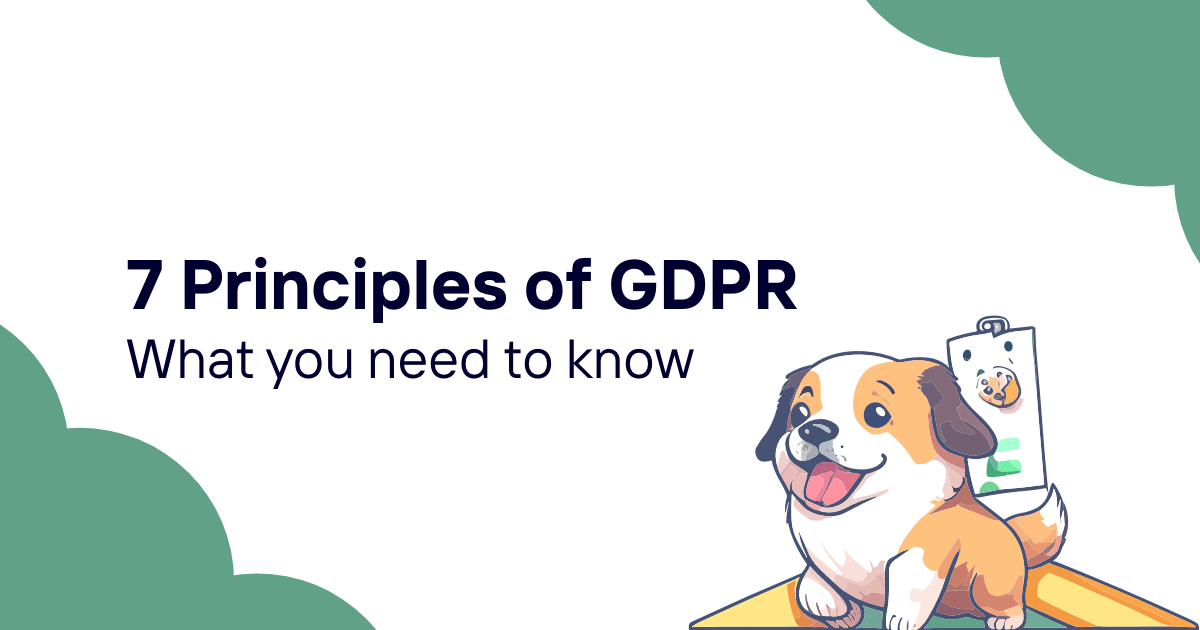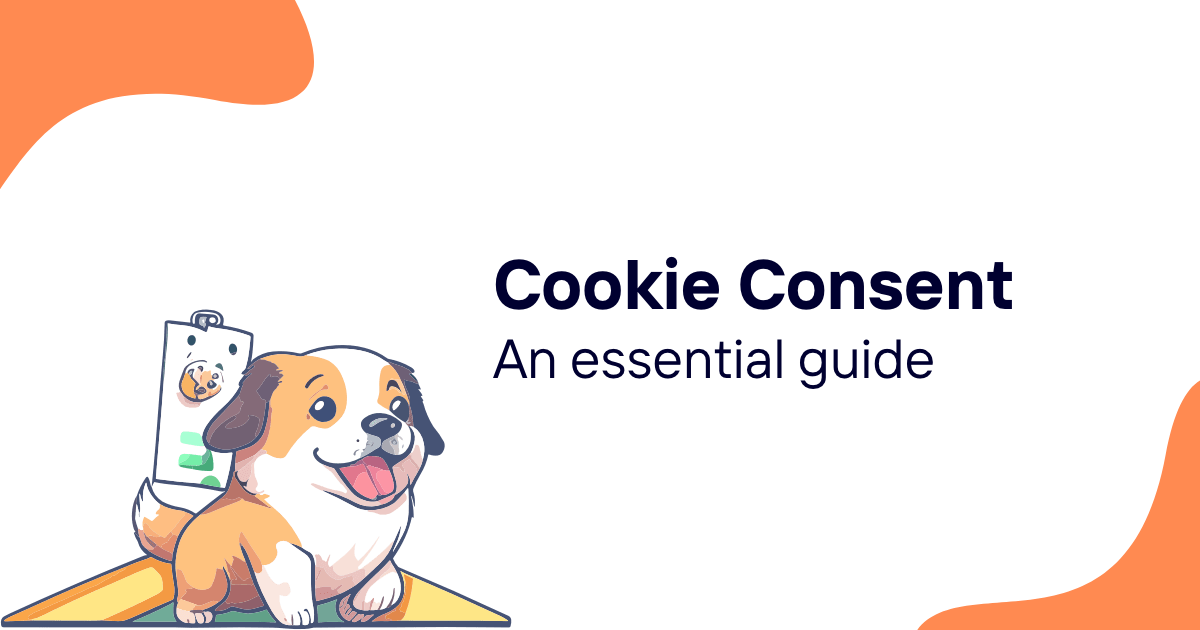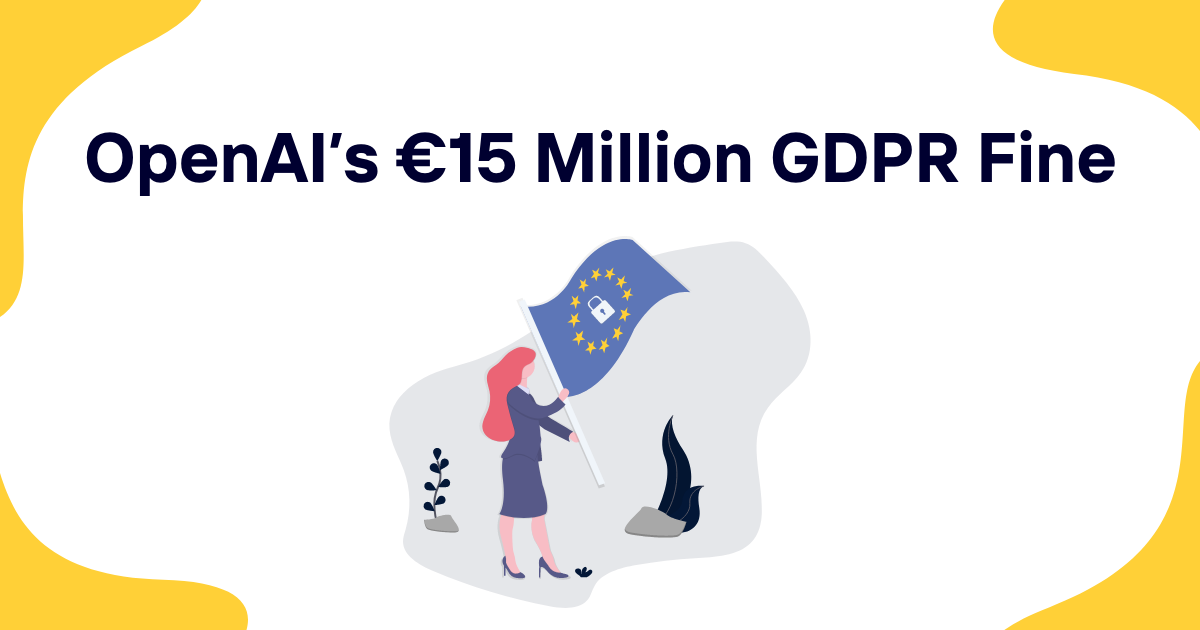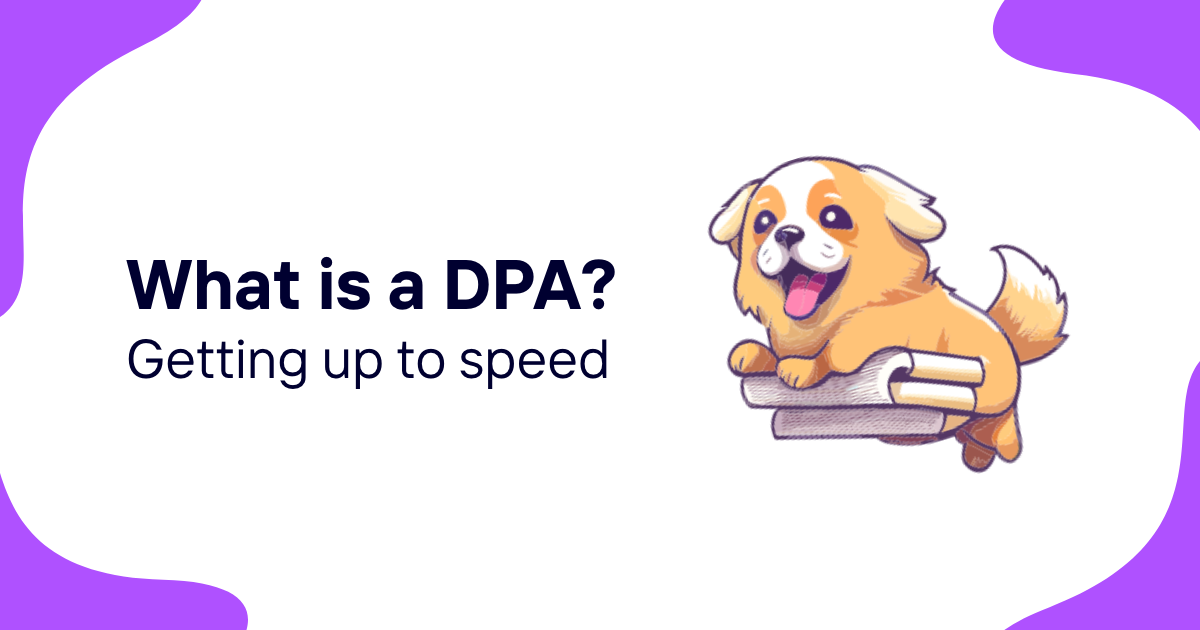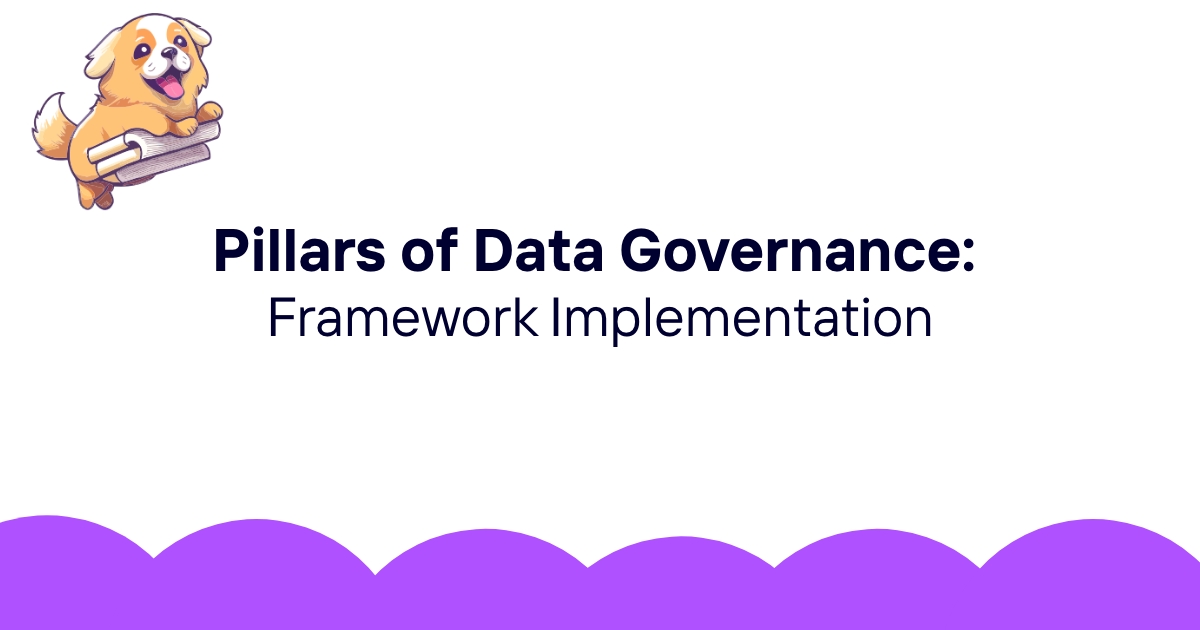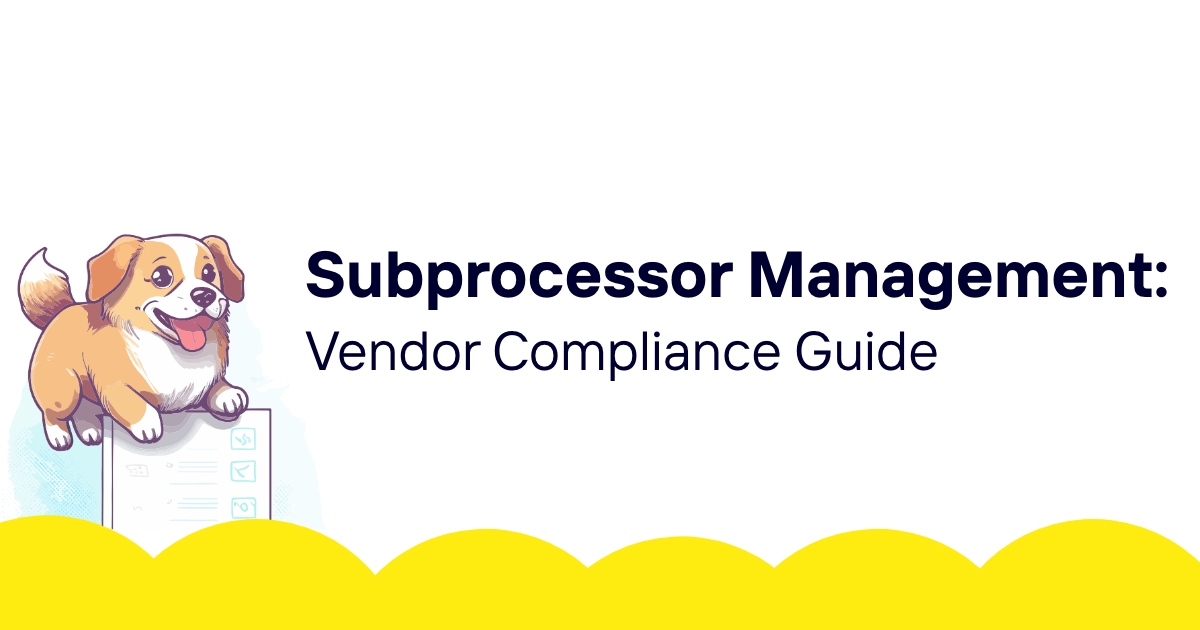The General Data Protection Regulation has fundamentally changed how organizations handle personal data. But here's where it gets interesting (and slightly confusing): not every company processing data has the same responsibilities.
The GDPR creates a clear distinction between controllers and processors, each carrying different obligations and liabilities. This isn't just legal jargon - it's a practical framework that determines who's responsible for what when things go wrong.
Table of contents
- What makes someone a controller?
- Understanding processors in data operations
- Joint controllers: When responsibility gets shared
- Sub-processors and the chain of responsibility
- Legal obligations by role
- Real-world scenarios and examples
- Contracts and agreements between parties
- Liability and enforcement differences
- Common misconceptions
- Professional services complexity
- Determining your role in practice
- Compliance implications for each role
What makes someone a controller?
A controller isn't just someone who collects data. The GDPR defines a controller as any natural or legal person, public authority, agency, or other body that determines the purposes and means of processing personal data. Translation: if you decide why and how personal data gets processed, you're the controller.
Controllers hold the reins. They make the big decisions about data collection, storage, usage, and disposal. When a hospital decides to implement an automated patient notification system, they're acting as a controller because they determine both the purpose (notifying patients) and the means (digital displays and audio announcements).
But it's not always straightforward. Controllers can be individuals, companies, government agencies, or even partnerships. The key factor is decision-making authority, not size or legal structure.
Decision-making authority
The controller role centers on control and decision-making. Controllers decide:
- What personal data to collect
- Why they need it
- How long to keep it
- Who can access it
- When to delete it
This decision-making power comes with significant responsibility. Controllers must demonstrate compliance with GDPR principles and implement appropriate technical and organizational measures to protect the data they control.
Statutory obligations and controllers
Some organizations become controllers by legal requirement rather than choice. Section 6(2) of the Data Protection Act 2018 clarifies that entities processing data solely to comply with statutory obligations still qualify as controllers. They might not have chosen to process the data, but they're still making decisions about how to fulfill their legal requirements.
Understanding processors in data operations
Processors operate in a different space entirely. They process personal data on behalf of controllers, following instructions rather than making independent decisions about data use. Think of them as skilled contractors hired to perform specific data-related tasks.
A processor's relationship with personal data is fundamentally different from a controller's. They don't own the data or determine its ultimate purpose. Instead, they provide services that involve handling personal data according to the controller's specifications.
The instruction-following principle
Article 29 of the GDPR establishes that processors should only process personal data following a controller's instructions, unless required by law to do otherwise. This creates a clear hierarchy: controllers give orders, processors follow them.
When a gym hires a printing company to produce event invitations using member data, the printer acts as a processor. The gym (controller) determines the purpose (event promotion) and provides specific instructions about how to use the member names and addresses. The printer simply executes these instructions.
When processors become controllers
Here's where things get tricky. If a processor starts making decisions about data processing beyond the controller's instructions, they risk becoming a controller themselves. This can happen accidentally when processors exceed their authority or make independent decisions about data use.
The transformation isn't always obvious. A processor might start as a service provider but gradually take on more decision-making responsibilities, shifting their legal status without realizing it.
Joint controllers: When responsibility gets shared
Sometimes multiple parties share decision-making authority over the same data processing activities. The GDPR recognizes this reality through the concept of joint controllers - organizations that jointly determine the purposes and means of processing.
Joint controllers must have shared or complementary purposes for processing. Simply processing the same data isn't enough; they need to be working together toward common goals or making collective decisions about how data gets handled.
Identifying joint controller relationships
Joint controller relationships often emerge in:
- Business partnerships where companies share customer data
- Research collaborations involving participant information
- Marketing campaigns run by multiple organizations
- Platform integrations where both parties influence data processing
The key question is whether both parties have meaningful input into the purposes and means of processing. If yes, they're likely joint controllers.
Responsibilities and arrangements
Joint controllers must establish clear arrangements defining their respective responsibilities, particularly regarding individual rights and information obligations. This isn't just good practice - it's a legal requirement under Article 26 of the GDPR.
Sub-processors and the chain of responsibility
Processors don't always handle everything in-house. They might subcontract some or all of the processing to other processors, creating a chain of data handling relationships. While the GDPR doesn't use the term "sub-processor," it's common industry shorthand for this arrangement.
Sub-processing creates additional complexity in the controller-processor relationship. The original processor remains responsible to the controller, but they're now relying on another party to fulfill their obligations.
Authorization requirements
Processors can't just hire sub-processors without permission. They need either specific authorization from the controller for each sub-processor or general authorization with notification requirements when new sub-processors are added.
This authorization process protects controllers' interests while giving processors operational flexibility. It also maintains the chain of responsibility - controllers know who's handling their data, even when it passes through multiple processors.
Legal obligations by role
The GDPR assigns different responsibilities to controllers and processors, reflecting their different roles in data processing operations.
Controller obligations
Controllers carry the heaviest compliance burden. They must:
- Implement data protection by design and by default
- Maintain records of processing activities
- Conduct data protection impact assessments when required
- Appoint a data protection officer in certain circumstances
- Handle data subject requests
- Report data breaches to supervisory authorities
- Demonstrate compliance with GDPR principles
Controllers also bear primary liability for GDPR violations, facing potential fines up to 4% of annual global turnover or €20 million, whichever is higher.
Processor obligations
Processors have more limited but still significant responsibilities. They must:
- Process data only on documented instructions from the controller
- Ensure personnel handling data are bound by confidentiality
- Implement appropriate technical and organizational security measures
- Assist controllers with data subject requests and compliance demonstrations
- Report data breaches to the controller without undue delay
- Delete or return personal data when processing ends
Processors can also face direct fines for certain violations, particularly those related to security measures or unauthorized processing.
Real-world scenarios and examples
Understanding controller and processor roles becomes clearer through practical examples. Consider these common business situations:
E-commerce operations
An online retailer collects customer data during purchases. They use a third-party warehouse for fulfillment, sharing customer names and addresses for shipping purposes. The retailer is the controller - they determine why customer data is collected and how it's used. The warehouse is a processor, handling the data according to the retailer's instructions for order fulfillment.
Marketing campaigns
A software company hires a marketing agency to run email campaigns using their customer database. The relationship depends on the level of decision-making authority. If the company provides specific instructions about messaging, timing, and targeting, the agency is likely a processor. But if the agency makes strategic decisions about campaign design and audience selection, they might be a controller or joint controller.
Cloud services
Companies using cloud storage services often assume they're controllers while the cloud provider is a processor. This is frequently true, but the specifics matter. If the cloud provider offers only infrastructure (storage space and computing power), they're likely a processor. But if they provide analytics, insights, or other value-added services that involve making decisions about data use, the relationship becomes more complex.
Contracts and agreements between parties
The controller-processor relationship requires proper documentation through written contracts or legal acts. Article 28 of the GDPR mandates specific contractual terms that protect both parties and ensure compliance.
Required contractual elements
Data processing agreements must specify:
- The subject matter and duration of processing
- The nature and purpose of processing
- Types of personal data and categories of data subjects
- Controller and processor obligations and rights
- Security measures and breach notification procedures
- Sub-processing arrangements and authorizations
- Data deletion or return procedures
These aren't boilerplate requirements. Each element serves a specific purpose in clarifying responsibilities and protecting data subjects' rights.
Contractual flexibility and practical considerations
While the GDPR sets minimum requirements, parties can negotiate additional terms that reflect their specific business relationship. Controllers might require additional security measures, reporting obligations, or audit rights beyond what the GDPR mandates.
The contract also serves as evidence of compliance during regulatory investigations. Well-drafted agreements demonstrate that parties understood their roles and took appropriate steps to fulfill their obligations.
Liability and enforcement differences
Controllers and processors face different enforcement consequences when things go wrong. The GDPR's penalty structure reflects the different levels of responsibility each party carries.
Controller liability exposure
Controllers face the full weight of GDPR enforcement. They can be fined for any violation of the regulation, from failing to establish a lawful basis for processing to inadequate security measures. The penalties can be severe - up to 4% of annual global turnover or €20 million for the most serious violations.
Recent enforcement actions show regulators holding controllers responsible for processor failures, particularly when controllers failed to properly oversee their processors or ensure adequate contractual protections.
Processor liability scope
Processors face more limited but still significant liability exposure. They can be fined directly for violations related to their specific obligations, such as:
- Processing data without proper instructions
- Failing to implement adequate security measures
- Unauthorized disclosure or use of personal data
- Failure to assist controllers with compliance obligations
Processor fines follow the same structure as controller penalties, but they typically apply to a narrower range of violations.
Joint liability considerations
When processors exceed their authority and become controllers, they face the same liability exposure as original controllers. This can create unexpected exposure for service providers who thought they were operating under limited processor obligations.
Common misconceptions
Several myths persist about controller and processor roles, often leading to compliance gaps or misallocated responsibilities.
Size doesn't determine role
Many assume that larger organizations are automatically controllers while smaller service providers are processors. Size isn't relevant - decision-making authority determines the role. A small consulting firm making strategic decisions about data use is a controller, while a large technology company providing infrastructure services might be a processor.
Geographic location confusion
Some believe that organizations outside the EU can only be processors, not controllers. This isn't true. Any organization that determines the purposes and means of processing EU residents' data can be a controller, regardless of location.
Industry-specific assumptions
Certain industries develop conventional wisdom about typical controller-processor relationships. While these patterns are often accurate, they shouldn't override analysis of actual decision-making authority in specific relationships.
Professional services complexity
Professional service providers occupy a particularly complex space in controller-processor analysis. Their professional obligations often require them to make independent decisions about data handling, potentially shifting them from processor to controller status.
Legal and accounting professionals
When accountants review client financial records, they're not just following instructions. Professional standards require them to exercise independent judgment, potentially including reporting obligations that supersede client instructions. This independent decision-making often makes them controllers for certain processing activities.
Similarly, lawyers handling client matters make strategic decisions about information use and disclosure based on professional obligations and legal requirements. These decisions reflect controller-level authority over data processing.
Healthcare and other regulated professions
Healthcare providers face similar complexity. While they might follow patient instructions for some processing activities, professional medical standards often require independent clinical judgments that involve data processing decisions. The doctor-patient relationship creates multiple layers of controller obligations.
Determining your role in practice
Organizations often struggle to categorize their role, particularly in complex business relationships involving multiple parties and purposes. A systematic approach helps clarify the analysis.
Key questions for role determination
Start with these fundamental questions:
- Who decided to collect this personal data?
- Who determines why the data is being processed?
- Who decides how long to keep the data?
- Who chooses the technical means for processing?
- Who has authority to modify processing activities?
The party with decision-making authority over these elements is likely the controller. Parties following instructions from others are likely processors.
Multi-purpose processing analysis
Many business relationships involve processing for multiple purposes. A party might be a controller for some purposes and a processor for others. This mixed status requires careful analysis of each processing activity.
A customer relationship management platform might be:
- A processor when storing and organizing customer data according to client instructions
- A controller when using aggregated data for platform improvement purposes
- A joint controller when providing analytics services that involve shared decision-making about data insights
Documentation and evidence
Role determination should be documented and supported by evidence. Contracts, policies, training materials, and business practices all provide insights into actual decision-making authority and responsibility allocation.
Compliance implications for each role
Understanding your role is just the beginning. Each role carries specific compliance obligations that require different approaches and resources.
Controller compliance programs
Controllers need comprehensive compliance programs covering all aspects of data protection. This includes:
- Legal basis assessment and documentation
- Privacy impact assessments for high-risk processing
- Data subject rights handling procedures
- Breach notification and response plans
- Vendor management and processor oversight
- Regular compliance monitoring and auditing
Controllers must also maintain detailed records of processing activities and be prepared to demonstrate compliance to regulators.
Processor compliance focus
Processors can focus on a narrower set of compliance requirements, but they must execute them thoroughly:
- Instruction compliance monitoring
- Security measure implementation and maintenance
- Controller support for data subject requests
- Breach detection and notification procedures
- Staff training and confidentiality measures
- Contractual compliance demonstration
Processors should also maintain clear documentation of their activities and decision-making limitations.
Modern businesses benefit significantly from dedicated compliance platforms that automate many of these complex requirements. ComplyDog provides comprehensive tools for managing controller and processor obligations, including automated data mapping, privacy impact assessments, consent management, and vendor oversight capabilities.
Whether you're a controller managing multiple processing activities or a processor supporting client compliance needs, specialized software like ComplyDog streamlines the compliance process while reducing the risk of costly violations. The platform's integrated approach helps organizations of all sizes maintain GDPR compliance efficiently and effectively, adapting to the evolving regulatory landscape while supporting business growth.
For more information about comprehensive GDPR compliance solutions, visit ComplyDog.com to see how automated compliance tools can strengthen your data protection program.

